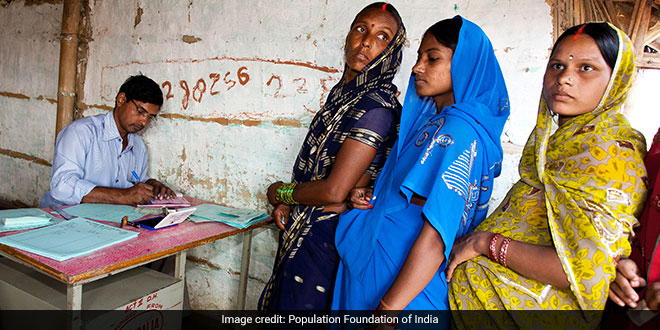C’garh continues to battle severe health challenges for Women, Children: PRS Report
| Date :26-Apr-2025 |

Staff Reporter
Raipur :
Contrary to the state government’s claims, the ground reality in Chhattisgarh paints a grim picture of women’s and children’s health, reveals the latest analysis by PRS Legislative Research. The report, based on the Union Ministry of Women and Child Development’s Demand for Grants for 2025-26, uncovers alarming data, highlighting persistent malnutrition and anaemia in the state.
According to the analysis, more than one-third of children under five in Chhattisgarh—about 35%—are stunted, meaning they have low height for their age. Additionally, 19% are wasted (low weight for height), and 31% are underweight (low weight for age). These figures underline the enduring challenge of undernutrition among children.
Even more concerning is the high prevalence of anemia—65% among breastfeeding women and 60% among children aged six to 60 months—placing Chhattisgarh among the worst-affected states in the country. This is despite the state’s notable achievements in agriculture and ongoing nutritional interventions through Anganwadi centres and school programs. Ironically, while food production hits new highs, health indicators for women and children remain dismally low. The Union Ministry of Women and Child Development has been allocated Rs 26,890 crore for the year 2025-26—a 16% increase over the previous year’s revised estimates—to enhance the health and nutrition status of women and children across the country, including Chhattisgarh.
In Chhattisgarh, central funding under Mission Poshan 2.0 has seen an overall rise over the last four years, increasing from 514 crore in 2020-21 to 579 crore in 2023-24. However, the funding actually dipped compared to 2022-23, when the state received 669 crore, of which 572 crore was utilized by the then state government.
Under the ‘Saksham Anganwadi and Poshan 2.0’ scheme—targeted at improving nutrition among children, adolescent girls, pregnant women, and lactating mothers—the state’s fund utilization has remained low, with only 65% to 70% of the sanctioned amount spent.
In contrast, southern states like Kerala and Tamil Nadu have recorded over 90% fund utilization. Infrastructure gaps in Anganwadi centres further
lets, and several have been operating without appointed Anganwadi
workers for years. Experts have raised concerns over the state’s lagging health outcomes. “It’s disheartening to see that the nutrition
status of women and children in the state has not improved.
There’s
an urgent need for comprehensive action,” said Dr. Sapna Sharma,
a Raipur-based nutritionist. Echoing similar concerns, Dr. Jyoti
Pandey, a gynaecologist, emphasized, “Anaemia remains a critical
issue. Many women neglect their nutritional needs, which directly
impacts their health and that of their children.” The report serves
as a wake-up call for Chhattisgarh’s Women and Child Development
Department to take urgent and sustained measures to bridge the
glaring gaps in healthcare delivery and nutritional support.
